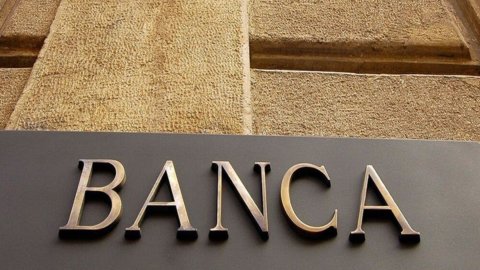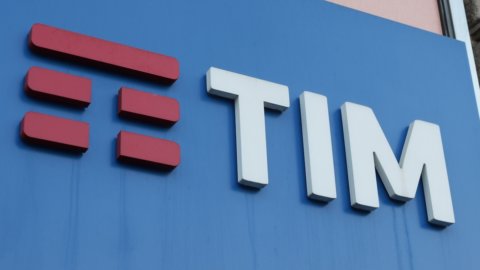Banco Bpm, Unicredit and Intesa Sanpaolo exceed the Srep requirements set by the European Central Bank.
Bpm bank
Banco Bpm has announced that it has received the prudential decision from Eurotower, containing the results of the annual supervisory review and evaluation process. For Banco Bpm, the ECB has set the minimum capital requirement in terms of Cet 8,7 at 1% that the bank will have to meet in 2023, at the end of the annual supervisory review process Srep. Last year the threshold was set at 8,52%. The target is obtained by considering, among other things, the minimum requirement for Pillar 1 equal to 4,5% and a Pillar 2 equal, in its Cet1 component, to 1,446% from 1,27% last year.
Banco Bpm informs that 'the Pillar 2 requirement of own funds communicated by the ECB to Banco Bpm is equal to a total of 2,57%, unchanged compared to the previous year", net of 18 basis points relating to the release of a deduction from the Cet 1. "Net of these elements - the bank reiterates - Pillar 2 is therefore unchanged compared to that assigned for 2022, despite the worsening in the meantime in the geopolitical and economic situation". The minimum Tier 1 for 2023 is 10,68% and the Total Capital Ratio is 13,32%. Banco Bpm "largely exceeds" these requirements, given that as at 30 September it could count on a fully phased Cet 1 ratio of 12,39%, a Tier 1 ratio of 14,64% and a Total capital ratio of 17,54%. Lastly, the bank confirms "a guidance of a fully phased Cet 1 ratio greater than 13%".
Unicredit
Also regarding Unicredit, as part of the annual supervisory review process Rep, the ECB has raised the minimum capital level that the bank will have to respect in 2023 bringing the Pillar 2 requirement to 200 basis points from the previous 175. Unicredit will have to have a Cet 1 equal to at least 9,2% (from 9,03 last year ), a Tier 1 ratio of at least 11,08% (from 10,86%) and a total capital ratio of at least 13,58% (from 13,3%).
UniCredit underlines di “fully comply” with these requirements, given that as at 30 September it could count on a fully loaded Cet 1 ratio of 15,41%, a Tier 1 ratio of 17,94% and a Total capital ratio of 20,76%. "There is therefore no impact on Unicredit's distribution policies for 2022 and for the future, on the funding plan or on the capital target, which remain as per the guidance", reiterates the institute led by Andrea Orcel. The Maximum distributable amount buffer as at 30 September 2022, he concludes, "was very large and equal to 635 basis points and the pro forma level for Pillar 2 would be 621 basis points".
Intesa Sanpaolo
Finally, for Intesa Sanpaolo the minimum capital requirement in terms of Cet 1 that Intesa Sanpaolo will have to meet in 2023 has been set at 8,88%, in line with that of 2022 (equal to 8,81%. The target is obtained considering, among other things, "the Srep requirement in terms of Total Capital ratio equal to 9,72%, which includes the minimum Pillar 1 requirement of 8%, within which 4,5% in terms of Common equity tier 1 ratio, and an additional Pillar 2 requirement of 1,72%", against 1,79% last year, "within which 0,97% in terms of Common equity tier 1 ratio" (from 1,01 .XNUMX%). Intesa largely exceeds these requirements, explains the bank in a note, underlining that as at 30 September, deducting 3,4 billion in buybacks and 2,3 billion in dividends accrued in the nine months, it could count on a Cet 1 of 12,6% and a Total capital ratio of 17,5 .XNUMX%.





